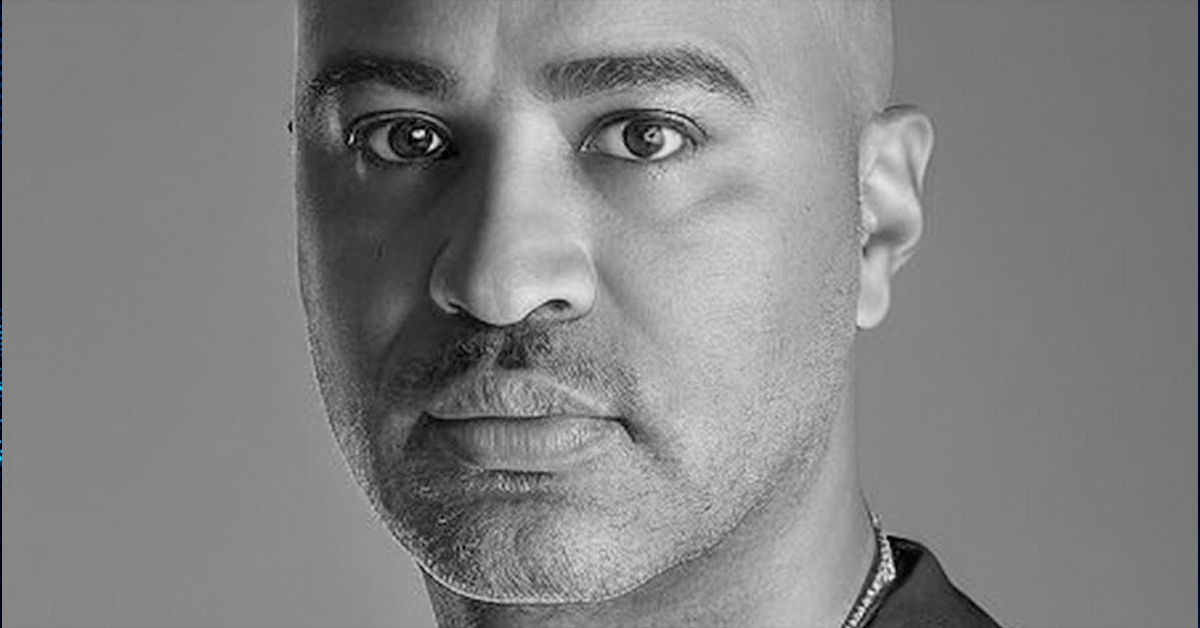Marketing campaigns often start with excitement and optimism. You’ve brainstormed the big idea, pitched it to your team, and poured your resources into making it happen. But what happens when the results just don’t show up?
Walking away from a campaign can feel like admitting failure, but in reality, it’s one of the smartest moves a marketer can make. Knowing when to pivot, pause, or completely pull the plug separates great marketers from those stuck chasing sunk costs.
Let’s explore the subtle signs of a doomed campaign, the psychology of holding on too long, and actionable strategies to move forward without dragging your budget or reputation down with it.
The Subtle Signs of a Doomed Campaign
It’s easy to spot a spectacular failure—like a brand’s tone-deaf Super Bowl ad that sparks outrage on social media. But most campaigns fail quietly, with underwhelming performance metrics and little audience engagement.
So how do you know when it’s time to call it quits?
One clear sign is when your campaign metrics don’t align with its goals. For example, if a lead-generation campaign is delivering high impressions but few conversions, it’s not fulfilling its purpose. Similarly, if a brand-awareness campaign struggles to generate buzz or reach its target audience, it’s unlikely to gain traction.
A second red flag is audience indifference—or worse, backlash. If your message is missing the mark, no amount of budget or clever copywriting can save it. Sometimes, campaigns simply don’t resonate, and it’s better to acknowledge this early than to risk alienating your audience further.
Why Marketers Struggle to Let Go
Walking away from a campaign isn’t just a strategic decision—it’s an emotional one. Marketers often fall victim to the sunk cost trap: the more time and money they’ve invested, the harder it becomes to pull the plug.
This reluctance is compounded by ego and hope. When you’ve championed an idea, it can feel deeply personal to admit that it didn’t work. You may convince yourself that just one more adjustment—a tweak to the targeting, a redesign of the creative—will turn things around.
But hope isn’t a strategy, and clinging to a failing campaign often leads to even greater losses. Recognizing this tendency in yourself and your team is the first step toward making better, faster decisions.
When to Save It and When to Walk Away
Not every struggling campaign is doomed. Some just need a course correction to get back on track. Before walking away completely, consider these steps:
- Revisit Your Objectives
Are the goals still relevant? Sometimes, campaigns falter because they’re chasing outdated or unclear objectives. If the landscape has shifted—whether due to market changes, internal priorities, or audience needs—adjusting your goals may breathe new life into the campaign. - Audit Your Data
What are the numbers telling you? Analyze performance metrics against benchmarks to understand where the disconnect lies. For example, is your CTR strong but conversions weak? This could indicate issues with your landing page or offer, not the ad itself. - Consider a Strategic Pivot
If the campaign has potential but isn’t hitting its mark, a pivot may be the answer. Rework the messaging, target a different audience segment, or experiment with alternative platforms to test new approaches.
However, if you’ve done all of the above and the results remain stagnant—or worse, negative—it’s time to let go.
Real-World Example: Peloton’s “Gift That Gives Back” Campaign
In 2019, Peloton launched a holiday ad that was meant to showcase the joy of gifting a Peloton bike. Instead, the campaign was widely criticized as tone-deaf and out of touch, with audiences mocking its portrayal of an already-fit woman receiving the bike from her husband.
Despite the backlash, Peloton didn’t double down or try to re-spin the campaign. Instead, they pivoted quickly, focusing on their core value proposition of community and personal transformation in subsequent ads. The company’s ability to recognize the misstep and move forward was a key factor in maintaining their brand equity.
The Value of Letting Go
Pulling the plug on a campaign isn’t a failure—it’s a sign of maturity as a marketer. It shows that you’re willing to prioritize what’s best for your brand over personal pride or sunk costs.
When you let go of a bad idea, you free up resources—budget, time, and creative energy—that can be redirected toward campaigns with greater potential. This agility is especially important for startups and small businesses, where every dollar counts.
Moving Forward with Confidence
Letting go of a campaign doesn’t mean abandoning the lessons it taught you. Use the experience to refine your approach:
- Document what worked and what didn’t, so future campaigns can build on those insights.
- Share results transparently with your team to foster a culture of learning and improvement.
- Focus on testing and iterating new ideas quickly to identify winners earlier in the process.
By shifting your mindset from “failure” to “opportunity,” you’ll position yourself—and your team—for long-term success.
Conclusion: Not Every Idea Deserves a Second Chance
Bad marketing campaigns happen, but they don’t have to define your brand. The key is to recognize when a campaign isn’t salvageable, walk away, and pivot toward more promising opportunities. Marketing is as much about agility and decision-making as it is about creativity. By knowing when to cut your losses, you’ll save resources, protect your reputation, and keep your strategy moving forward.
Keep Reading
Want more? Here are some other blog posts you might be interested in.
You could feel it in the room this year. Not in a vague “the vibe shifted” way. In the practical, stressful ...
Beyond the Horizon: Seize 5000x Multipliers & Plunder Big with the fatpirate mobile slot!Unveiling the Pirate’s Treasure: Gameplay MechanicsDecoding the Bonus FeaturesUnderstanding the FatStacks MechanicMobile ...
He looked across the conference room table at me and said, almost in a whisper, “I hate to be the bad ...
For founders and growing companies
Get all the tips, stories and resources you didn’t know you needed – straight to your email!



